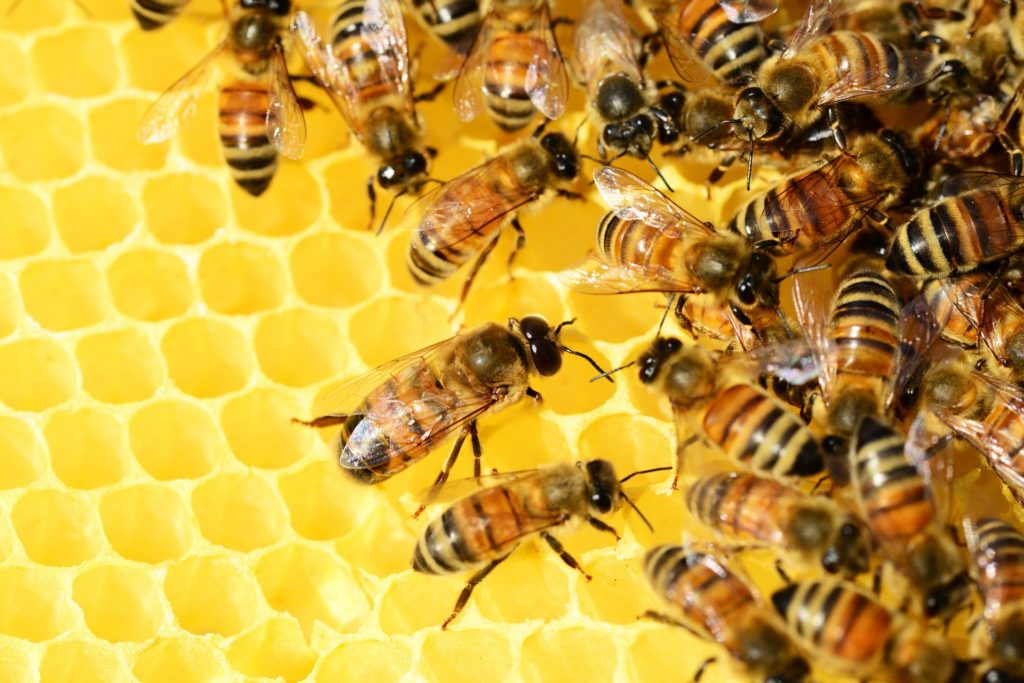Table of Contents
NON-FICTION BEES
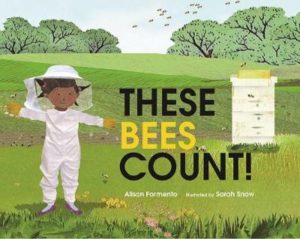
|
In Alison Formento’s These Bees Count! (Albert Whitman & Company, 2012), Mr. Tate’s class visits a farm and learns all about bees – counting-book-style, starting with one swarm, two dandelions, three strawberries. The paper-collage illustrations are terrific. For ages 4-7. |
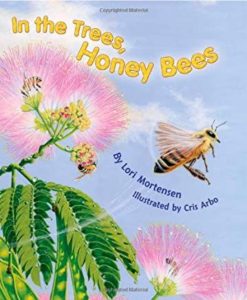
|
Lori Mortensen’s In the Trees, Honey Bees (Dawn Publications, 2009) is a rhyming introduction to honeybees with realistic illustrations and occasional prose paragraphs of scientific information. For ages 4-8. |
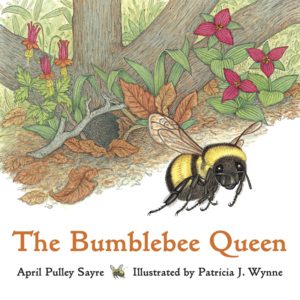
|
April Pulley Sayre’s picture book The Bumblebee Queen (Charlesbridge Publishing, 2006) is a gentle poetic description of the life cycle of a bumblebee (“The bumblebee queen/begins the spring/below ground/and all alone”), punctuated with “fact circles” that provide additional information about bumblebees. For ages 4-8. |
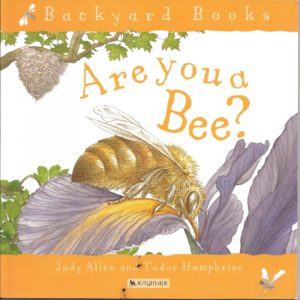
|
Judy Allen’s Are You a Bee? (Kingfisher, 2004) in the Backyard Books series addresses the reader directly, describing your life if you were a bee: “When you hatch, you are not a pretty sight. You are a larva.” For ages 4-8. |
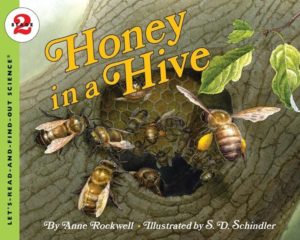
|
Anne Rockwell’s Honey in a Hive (HarperCollins, 2005) in the Let’s-Read-and-Find-Out Science series, covers the life cycle and behavior of bees and the process of making honey through a reader-friendly text illustrated with detailed paintings. For ages 5-8. |
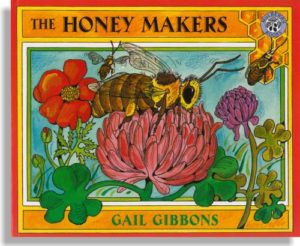
|
Gail Gibbons’s The Honey Makers (HarperCollins, 2000) covers life in the hive, the functions of queen, drones, and worker bees, and the process of bee-keeping and honey-harvesting, these last through sample pages from a bee keeper’s diary. For ages 6-9. |
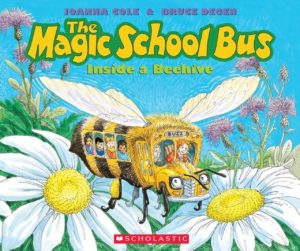
|
Joanna Cole’s The Magic School Bus Inside a Beehive (Scholastic, 1998) covers the same ground as Gibbons’s book (above) with a zany sense of humor: in this volume of the popular series, eccentric teacher Ms. Frizzle tricks her students out in bee costumes, sprays them with pheromones, and transports them (via magic bus) into a beehive. Information is delivered through after-action student-written reports. For ages 6-9. |
| From Scholastic, The Magic School Bus in a Beehive lesson plan includes a bee-dance exercise, in which kids not only dance, but estimate and measure distances. (Recommended accompanying snack: honey on crackers.) | |
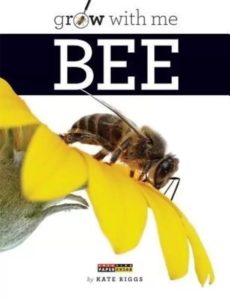
|
By Kate Riggs, Grow With Me: Bee (Creative Paperbacks, 2013) is a well-designed look at the behavior, anatomy, and life cycle of the bee, illustrated with color photographs. For ages 7 and up. |
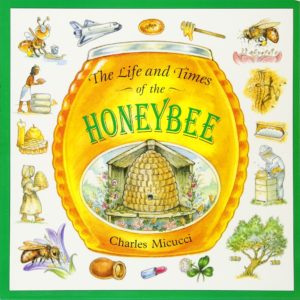
|
Charles Micucci’s The Life and Times of the Honeybee (Sandpiper, 1997) is a creatively designed overview of bee/honey history and science. Double-page spreads cover such topics as “From Egg to Bee,” “How Honeybees Make Honey,” “A Honey Flower Menu,” “Buzzing Around the World,” and “Flying Through History.” For ages 7-11. |
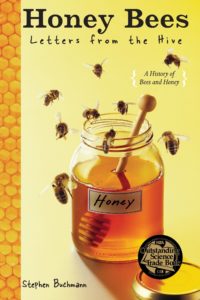
|
By Stephen Buchmann, beekeeper and entomology professor, Honey Bees: Letter from the Hive (Delacorte Books for Young Readers, 2010) is a history of bees and honey from prehistoric times to the present for ages 11 and up. |
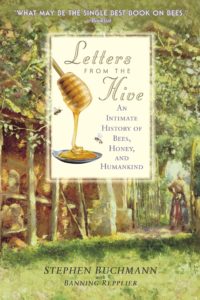
|
Stephen Buchmann’s Letters from the Hive (Bantam, 2006) is a more detailed history of bees, honey, and humans for teenagers and adults. Various chapters cover a typical beekeeper’s year; bees and honey in myth, legend, and ancient warfare; a history of cooking with honey; mead (“the honey that goes to your head”); and medicinal honey. |
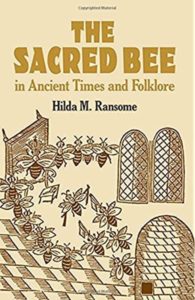
|
Hilda M. Ransome’s The Sacred Bee (Dover Publications, 2004) is a history of bee mythology, folklore, and superstitions from around the world, with many illustrations and photographs of artifacts – among these bees on ancient Greek coins, in Egyptian wall paintings and Mayan hieroglyphics, African bee carvings, and more. For teenagers and adults. |
| Andrew Gough’s The Bee is an excellent online three-part history of bees from prehistory on, illustrated with terrific color photographs of artifacts. | |
| The American Beekeeping Federation has information on beekeeping and bee research, and a list of useful links for kids. | |
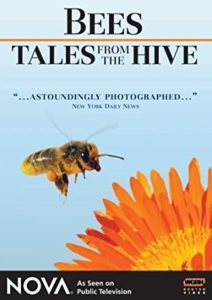 |
Tales From the Hive, the companion website to the NOVA program of the same title, has information about the anatomy of a hive, fascinating facts about bees, an interactive bee dance feature, and a resource list. |
| The Buzz About Bees website is crammed with information about types of bees, bee behavior and life cycles, beekeeping, bee gardening, and more – along with bee pictures, bee poems, bee video clips, puzzles and activities for kids, and an extensive book list. |
